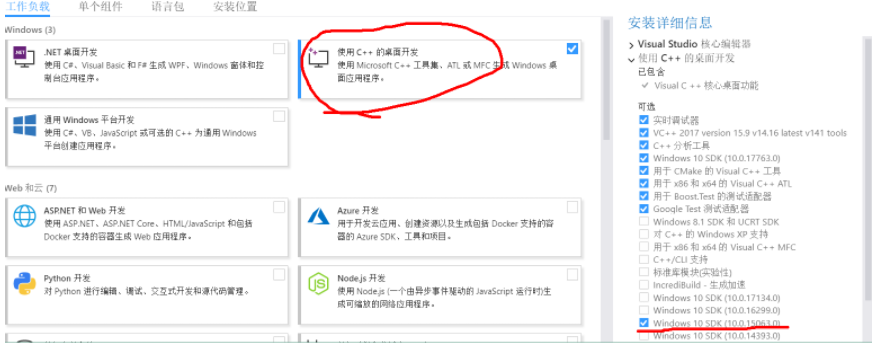In EWS Managed API is it easy to create an appointment for a specific user:
ExchangeService service = new ExchangeService();
service.Credentials = new NetworkCredentials ( "administrator", "password", "domain" );
service.AutodiscoverUrl(emailAddress);
Appointment appointment = new Appointment(service);
appointment.Subject = "Testing";
appointment.Start = DateTime.Now;
appointment.End = appointment.Start.AddHours(1);
appointment.Save();
This will create a appointment for the administrator. But say I wanted to actually create an appointment for another user (not add that user as an attendee to me appointment). It this possible via the EWS Managed API?
Folder inboxFolder = Folder.Bind(service, new FolderId(WellKnownFolderName.Inbox, "user1@example.com"));
Will work too.
Then pass inboxFolder.id to the Appointment.Save call. The updates and deletes don't need this.
The best answer is to use impersonate, but this requires it to be enabled by the server admins. If you don't wield such power, this method will let you do what you need.
Note: the user running your application must have permissions on the target account or this will fail (as it should).
Found here: http://msdn.microsoft.com/en-us/library/gg274408(v=EXCHG.80).aspx
I know this has been answered but in answer to @Aamir's comment you can do this using delegates I've just done it for a project I'm working on.
As @matt suggested in his answer you can amend the save method of the appointment to point to the other users folder which in this case would be Calendar.
Code would look as below
Appointment appointment = new Appointment(service);
appointment.Subject = "Testing";
appointment.Start = DateTime.Now;
appointment.End = appointment.Start.AddHours(1);
appointment.Save(new FolderId(WellKnownFolderName.Calendar, new Mailbox(_EmailAddress)));
Hope that helps
I figured it out from this article:
http://msdn.microsoft.com/en-us/library/dd633680(EXCHG.80).aspx
You should use the service.ImpersonatedUserId attribute.


